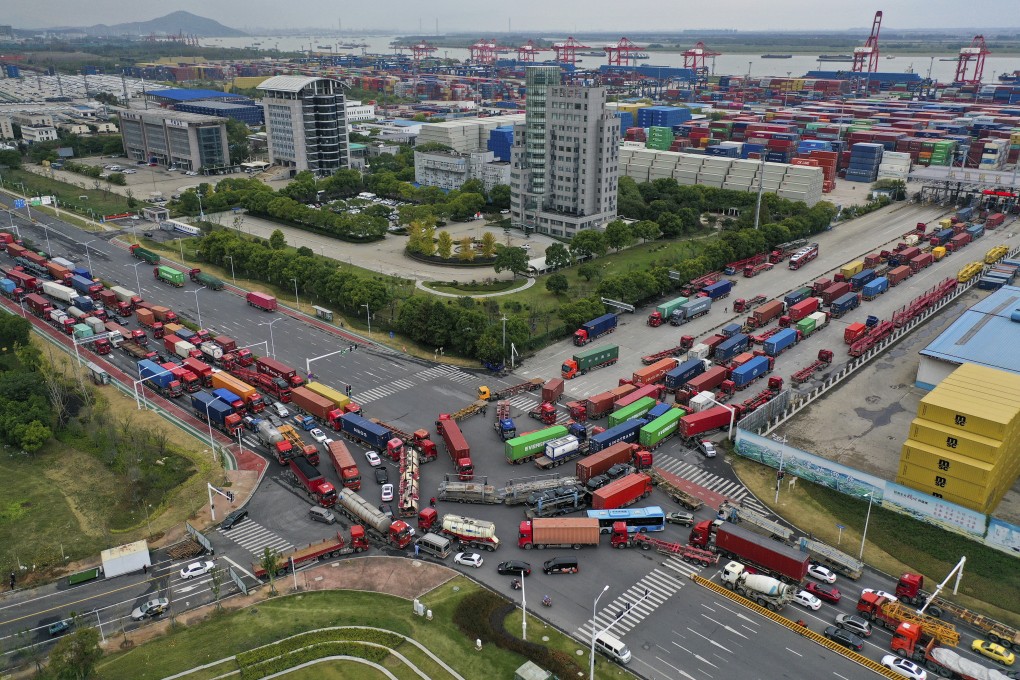Advertisement
China trade: ‘turning point’ as export growth suffers first drop in over 2 years on weak demand, zero-Covid
- China’s exports declined by 0.3 per cent in October compared with a year earlier, down from 5.7 per cent growth in September
- Imports also declined by 0.7 per cent in October compared with a year earlier, down from 0.3 per cent growth in September
Reading Time:3 minutes
Why you can trust SCMP
63

Momentum from China’s coronavirus-triggered exports boom is expected to weaken further in the coming months after shipments in October fell for the first time in more than two years amid dwindling external demand and further fallout from the zero-Covid policy.
Exports fell considerably short of expectations of continued growth and contracted by 0.3 per cent last month from a year earlier to US$298.37 billion, compared with 5.7 per cent expansion in September, according to data released by China Customs on Monday.
“This marks a turning point for export growth, as the minus 0.3 per cent reading is the first negative print since May 2020,” said Nomura economists led by Lu Ting.
“Although China’s exports may benefit from a weak [yuan] and [producer price index] deflation, those benefits could be more than offset by a global slowdown.”
The contraction of exports will inevitably weigh on growth, employment and investment, while it may also prompt Beijing to reconsider its zero-Covid strategy and property curbs
Export growth will, according to Nomura, slip further to around minus 4 per cent year-on-year in the last two months of the year.
Advertisement